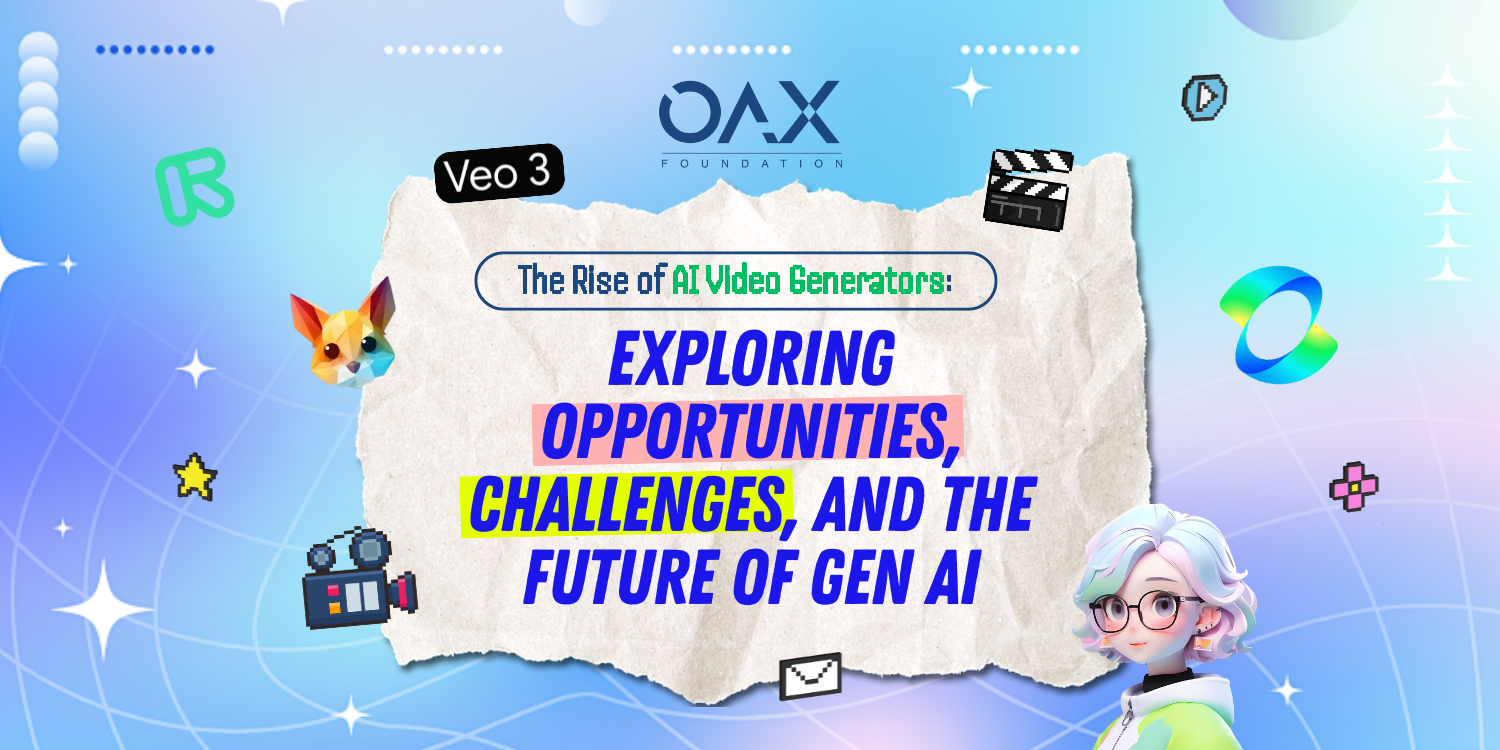
AI Video Unleashed: Exploring Opportunities and Safeguards in the Gen AI Revolution
The Dawn of AI Video: Creativity Meets Caution
In 2025, it’s no surprise that anyone with a laptop and a simple AI tool can start their own one-person studio, producing a professional looking video in minutes. This is the power of AI video generation, democratizing creativity for anyone with an idea.
Yet, across the world, we’ve seen many creators taking advantage of this technology to produce deepfakes, skewing reality towards their own interests. The ease of creating hyper-realistic videos raises critical questions about trust in these AI generated content. Such as the recent deepfake video by President Trump on social media, subtly crafted with AI, portraying himself in a provocative, authoritarian light as he targeted protesters, amplifying his political messaging with unsettling digital flair.
As a knowledge hub for Web3 and AI innovation, OAX Foundation explores the popular AI video tools shaping this Generative AI revolution, their capabilities, and the opportunities they unlock, while highlighting precautions to navigate risks like deepfakes over the near future.
This guide is for creators, educators, and everyday users eager to understand AI video’s potential and stay vigilant in a rapidly evolving landscape.
Popular Tools and Their Capabilities
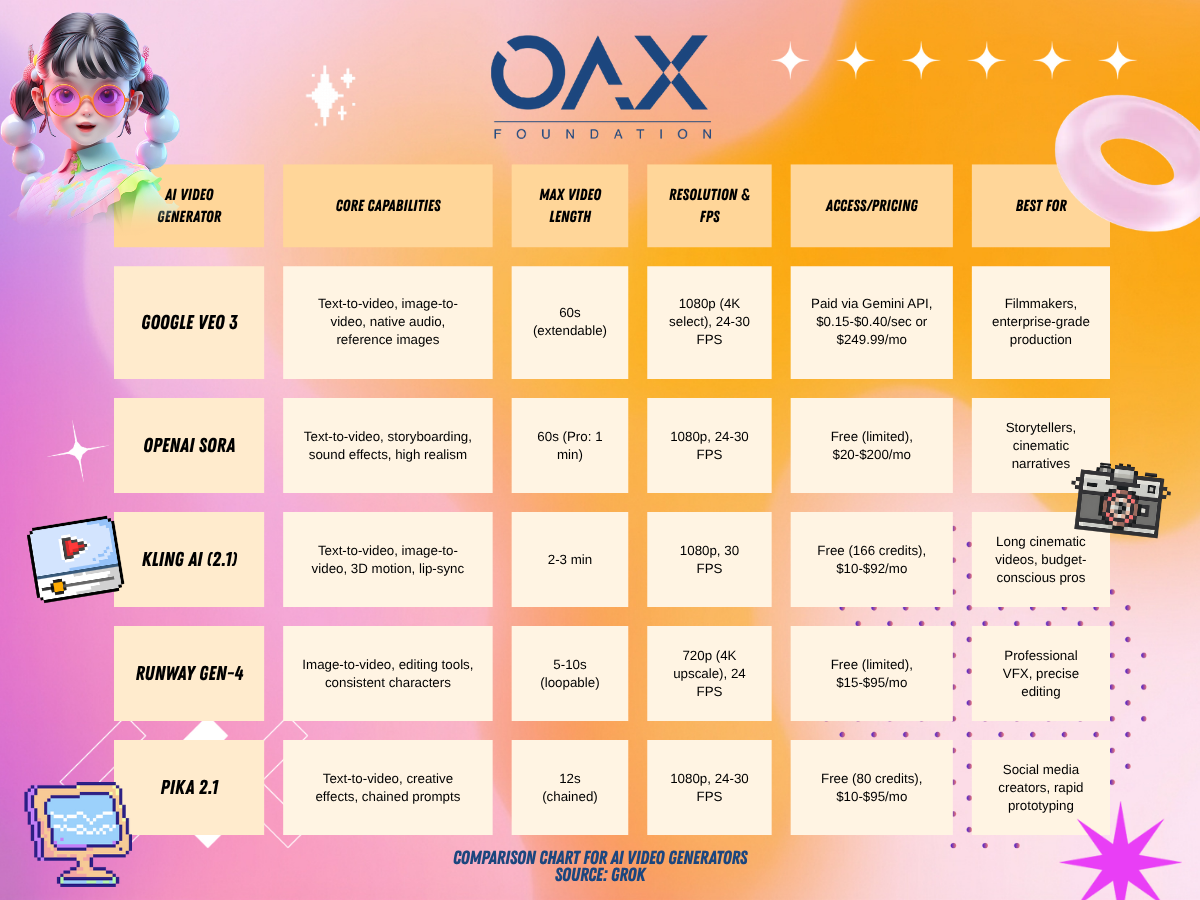
The AI video landscape is brimming with accessible tools, both free and paid, that empower users to create professional-grade content without needing advanced skills or hefty budgets.
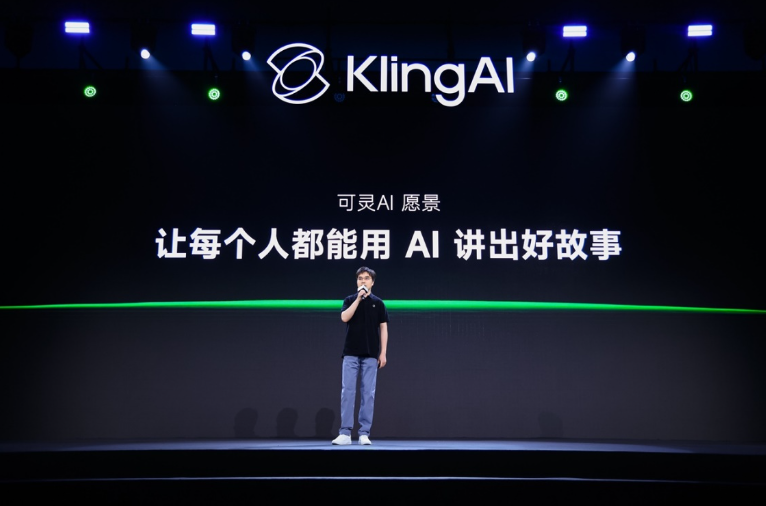
Among the top AI video tools, Google Veo 3 (free tier or $30/min), Kling AI ($10/month), and OpenAI Sora 2 ($20-$200/month) stand out, alongside others like Runway, Pika, and Adobe Firefly. These tools share common ground, they all turn text or images into short, high-quality videos and operate on paid models.
Their outputs vary, Veo delivers cinematic 4K clips up to 2 minutes, perfect for marketers prototyping visuals, though it struggles with multi-object scenes; Kling churns out realistic 1080p videos with lifelike movements for social media or ads, but complex faces can trip it up; Sora excels at immersive 1080p storytelling for corporate or creative projects, yet it’s pricier and weaker on physics. Use cases span social media content, filmmaking, corporate promos, and design, so choice depends on priorities: Veo for high-res prototyping, Kling for affordable social media flair, or Sora for polished narratives, balanced against budget and specific creative needs.
Opportunities: Applications Across Industries
The applications of AI video span industries, making it a versatile ally for creators and businesses alike. Content creators on platforms like TikTok and YouTube use tools like Pika and Descript to churn out quick skits or polished tutorials, cutting editing time by nearly half.
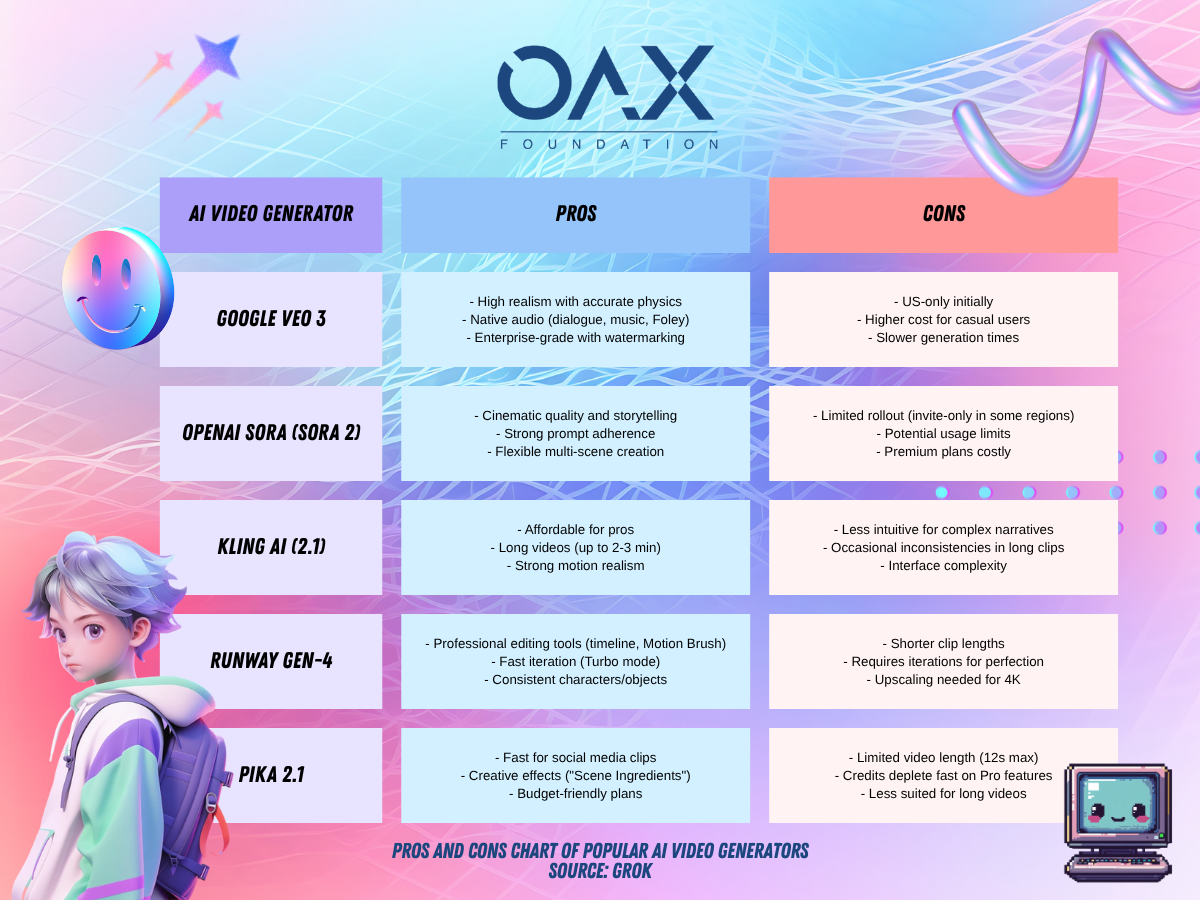
In advertising, AI-driven campaigns, such as Synthesia’s personalized video pitches, boosted engagement by 20% in 2025, helping brands connect with audiences at scale. Education benefits immensely, Synthesia’s avatars, for instance, taught 50,000 users about blockchain basics in eight languages, simplifying complex topics for newcomers.
Entertainment studios leverage Runway for cost-effective pre-visualization, reducing film production expenses by 30%, while gamers experiment with AI-generated cutscenes for immersive experiences. These applications highlight AI video’s ability to make content creation faster, cheaper, and more inclusive, enabling anyone from solo creators to large organizations to tell compelling stories with minimal resources.
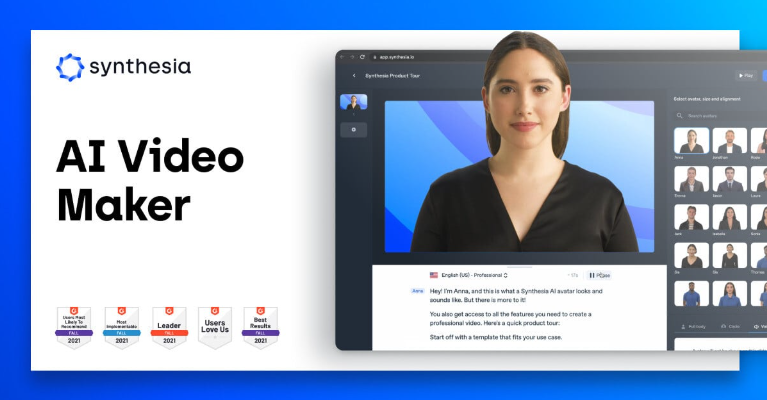
Risks and Precautions: Navigating Deepfakes
The ease of AI video creation brings risks, particularly in fintech, where trust is paramount. Creators bear responsibility to ensure authenticity, adopting tools like the Content Authenticity Initiative for metadata tracking or blockchain-based verification platforms like SWEAR, which timestamp videos for provenance. Users must stay vigilant: verify content by checking official sources, such as a project’s X account or website, scrutinize metadata for digital “fingerprints,” or use liveness detection in video calls to spot fakes. Systemic solutions are emerging, blockchain verification could reduce fraud by 2027 if widely adopted.
The Road Ahead: Limitations and Inevitability
Looking ahead, AI video has limitations but is poised for rapid growth. Current tools struggle with short clip lengths (5-15 seconds), occasional visual glitches, and high computational demands, requiring powerful hardware for smooth performance. Ethical concerns, like biased training data or the inability to capture genuine human emotion, persist.
Ethical gaps will remain to be the priority for ongoing industry attention. Adoption is inevitable, the majority of creators will likely embrace AI in some shape or form, powering half in not most of the online content we see.
OAX views this as an opportunity to enhance fintech education, scaling complex concepts in decentralized ecosystems, provided safeguards like blockchain verification keep pace to ensure trust. The technology’s trajectory points to a future where creativity flourishes, but only with proactive measures to maintain authenticity.
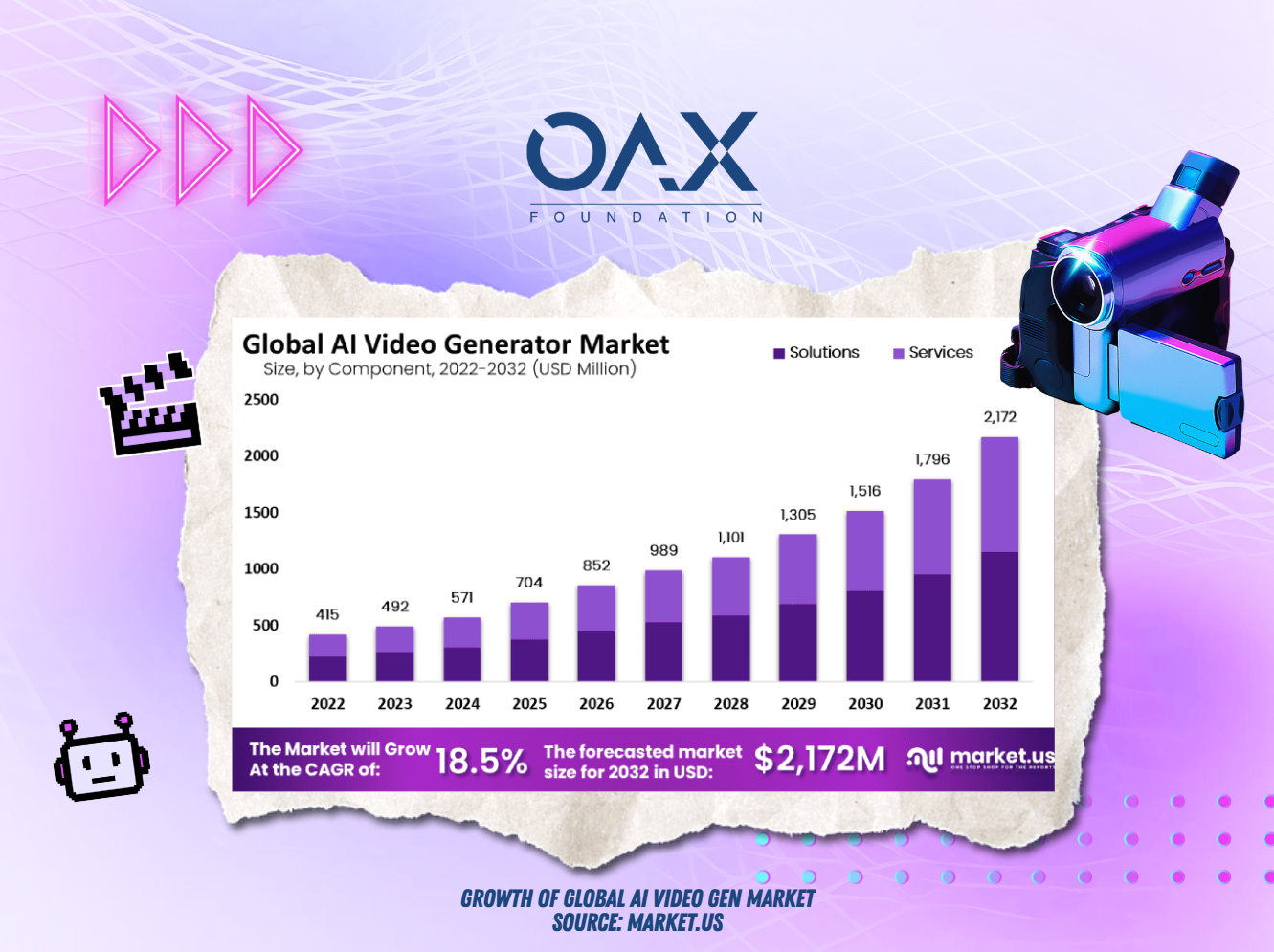
To our vibrant developer community, we encourage you to dive into the AI video revolution by crafting a short video using one of these cutting-edge generative AI tools and sharing your creation with us. We ourselves are exploring this innovation to discover how we can better showcase different updates to our community.
Let’s harness this creative wave together, building a future where AI-driven storytelling amplifies imagination while fostering trust and authenticity in every frame.
Disclaimer: The above is an opinion piece written by an authorized author, but in no way represents the official standpoint of OAX Foundation Limited, nor should it be meant to serve as investment advice.


